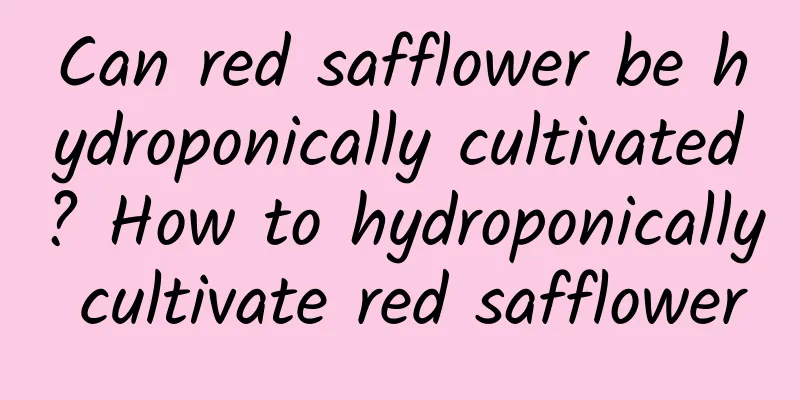How to grow Clematis

1. Maintenance methods1. Temperature: A warm environment is required for the normal growth of Clematis chinensis. Because its resistance to cold is not very high, the normal growth temperature is between 25 and 30 degrees. It cannot be outdoors in winter. The minimum ambient temperature must be kept above 15 degrees, otherwise it will stop growing or easily get frostbite. 2. Watering: Clematis likes moist soil, but there should be no accumulation of water during watering. Flooding will cause root rot of the plant. Ventilation needs to be maintained after watering, which can reduce the growth of bacteria and avoid the occurrence of diseases and pests, so water it thoroughly. 3. Light: It has a certain shade-tolerance property, so strong light must be avoided in summer. It cannot be placed directly on the balcony, and shade must be provided, otherwise the branches and leaves of the plant will turn yellow. But in order to ensure normal flowering, it also needs to receive warm sunlight. 4. Fertilization: Fertilizer soil will promote its branching and the rhizome will grow more ideally, so you can fertilize it appropriately during the growth period, mainly with compound fertilizer, but you can reduce the application of nitrogen fertilizer during the flowering period. 2. Breeding techniques1. Reproduction: Sowing and cuttings are the two main methods of reproduction. Sowing is carried out in September every year, and can be sown immediately after harvesting, so the survival rate will be higher. It can also be done in spring. After sowing, pay attention to the temperature and watering, and wait for germination. Cuttings are suitable for spring. Choose branches grown in the current year and directly use cuttings. However, compared with the two methods, seed propagation can be planted on a large scale. 2. Pruning: In order to promote the growth of the root system, you can prune the flower buds and side branches appropriately. In addition, cutting off the inner branches and leaves can increase light transmittance. 3. Problem diagnosis and treatment1. Disease: Stagnant water can cause root rot, so be sure to keep the plant ventilated after watering to avoid waterlogging the roots and causing them to rot. 2. Pests: Pests rarely occur. Just pay more attention to avoid excessive heat and humidity to avoid pests. IV. Other issues1. Toxicity: It is non-toxic, can be used as medicine, and can be cultivated on a large scale. 2. Can it be raised at home? Yes, it has been used as medicine. |
Recommend
What kind of soil is suitable for planting cones
Soil for meat cones Conus generally prefers sligh...
How often should potted lilies be watered?
1. Spring When the seeds are planted in pots in s...
How much water should honeysuckle be watered at one time
1. How much water to pour Although honeysuckle ca...
Does hibiscus prefer shade or sun?
Does hibiscus prefer shade or sun? Hibiscus is ve...
How many pounds does Xanthoceras sorbifolia yield per mu?
Yield of Xanthoceras sorbifolia per mu Xanthocera...
How many times a year does the large-leaf gardenia bloom?
1. Open once a year Generally speaking, large-lea...
How to sow rain lily seeds
Rain orchid seed sowing time Zephyranthes can be ...
Cultivation methods and precautions of umbrella grass
1. Maintenance methods 1. Soil: During its growth...
Three common mistakes in growing Lithops
Obsessed with size This plant originally grows in...
Video: A small trick in spring will make your succulents grow faster
Succulent repotting video How to repot succulent ...
After seeing these names of roses, I just want to kill the person who named them
Bad implication The heritage flowers are beautifu...
It takes several years for pomegranates to bloom and bear fruit (pomegranate tree planting and management techniques)
Generally, young pomegranate trees will bear frui...
Why is the ball orchid growing slowly?
The reason why the ball orchid grows slowly One o...
Does potted jasmine need plenty of sunlight? (Precautions for growing jasmine at home)
Does jasmine like sunshine? Jasmine is native to ...
Even if the succulent plant is half dead, just put some of it in the pot and it will grow out of the pot!
Medical Stone The death and injury of succulent p...









